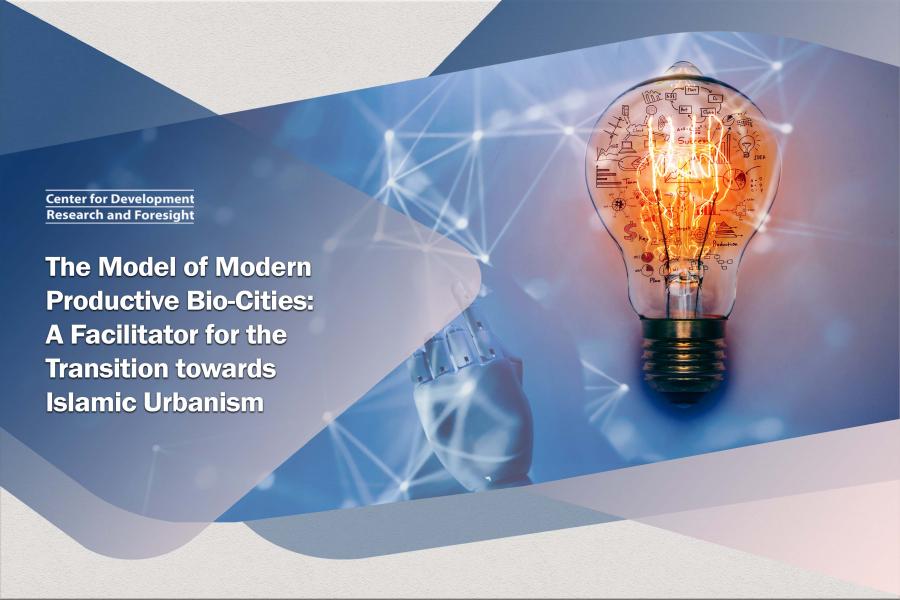
-
بررسی آییننامهها و دستورالعملهای برنامه هفتم پیشرفت
-
بررسی عوامل موثر بر افزایش تصادفات و تلفات جادهای و سوانح رانندگی و دادهکاوی تلفات انسانی
-
سازماندهی و بازآرایی فضایی آموزش عالی کشور
-
به روز رسانی سند ملی آمایش سرزمین
-
انجام مطالعات مناطق آزاد به عنوان نواحی پیشران اقتصادی کشور
-
اصلاح ساختار بودجه و پیاده سازی نظام یکپارچه مدیریت اطلاعات مالی دولت (IFMIS)

The physical infrastructure is recognized as a crucial component of national development. The generative bio-city concept offers a synergistic approach to addressing housing, employment, population, and lifestyle challenges within a socio-cultural framework. This model aims to address pressing issues such as land scarcity and ownership, providing affordable housing, achieving regional balance in land use, and preserving intimate and harmonious spaces within homes. The current planning and design approaches, rooted in applied science and social products, have inadvertently created an artificial structure that disrupts the natural order and generates social harm.
Akin to a cell, small houses may contribute to economic growth but, from a cultural perspective, they can damage the fundamental unit of society, the family. This trend could lead to irreparable economic consequences in the long run. The generative bio-city model draws upon specific cultural and jurisprudential principles to foster a harmonious coexistence with nature while leveraging technology to enhance human connections through spacious, generative, open, and private homes.
The feasibility of this proposal has been evaluated through three key aspects: land availability and allocation, water and energy provision, and economic viability. This concept facilitates incremental architecture for impoverished communities, enabling participatory construction and completion of homes over time at a reduced cost. By comparing the estimated costs of a Mehr-style housing development and a generative bio-city, the proponent demonstrates that single-story construction is simpler, more affordable, and more durable than high-rise structures.
Successful global precedents such as Dacha in Russia (exemplifying small-scale living and social satisfaction), the modern self-sufficient village (a Chinese aspiration), the Kibbutz of the Zionist regime (promoting social cohesion and passive defense), and cross-section (liberating humans and nature from the constraints of dense buildings) have been introduced and analyzed as supportive evidence for the proposed idea. These examples showcase notable achievements in agriculture, animal husbandry, gardening, and fisheries, harmonious coexistence with nature, balanced urban development, food security, a resilient economy, small-scale, micro, and home-based businesses with high economic efficiency, social cohesion, and nurturing a courageous generation.



